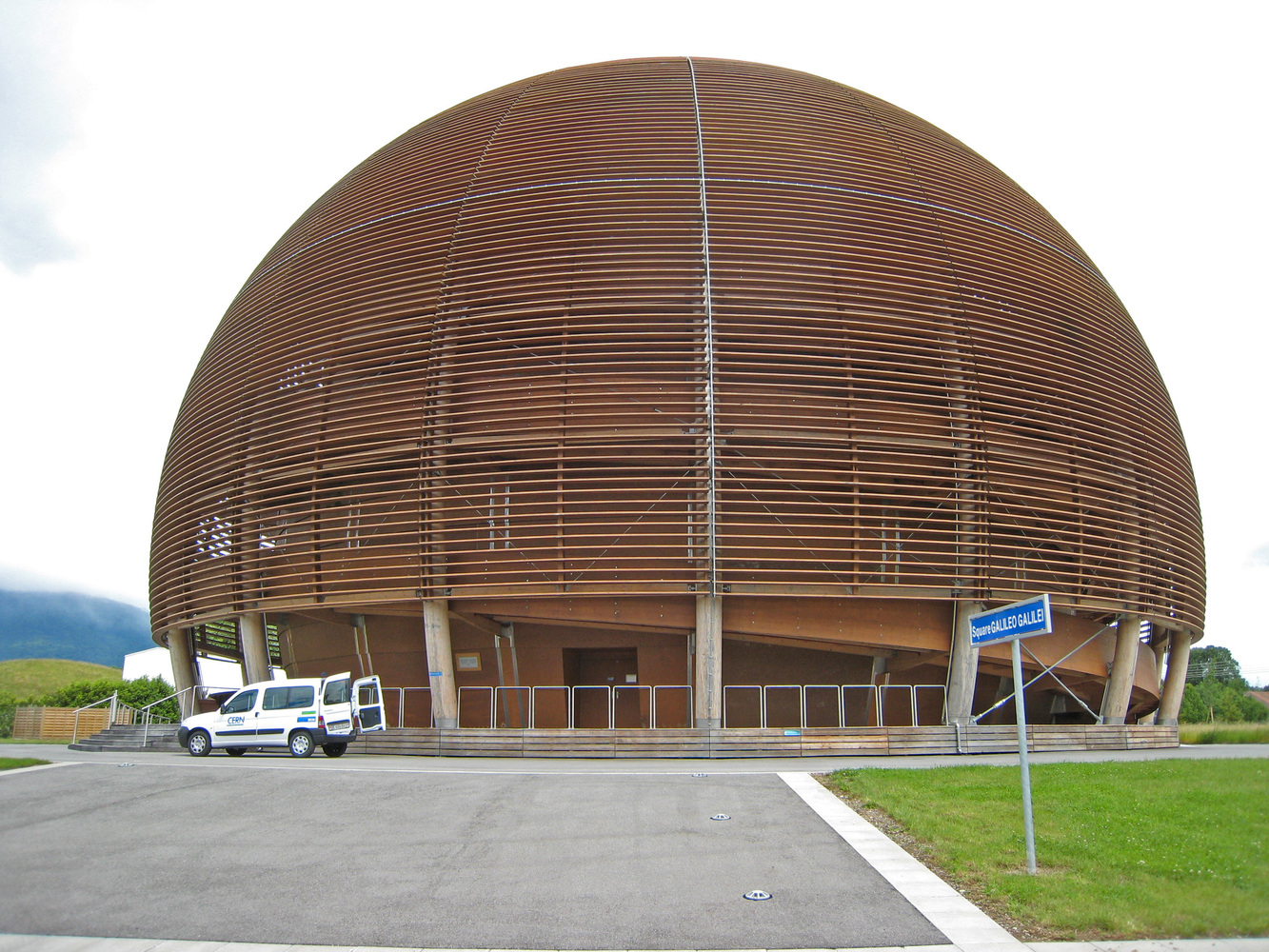Every particle we know of has an anti-particle, so there are anti-electrons, anti-protons, anti-neutrons etc. These seem to behave pretty much the same as their normal relations, but they have the opposite charge, and if an anti-electron meets an electron they anihilate completely releasing a huge amount of energy in the form of photons.
 Physicists don't understand why there is far more matter in the universe than anti-matter, so they would like to study anti-matter to understand it. The problem is that the only way to make it is in violent collisions so it is enevitably moving very very fast, so you don't get a lot of time to study it, and whilst you can slow down charged particles magnetically, if you want to study the details of anti-atoms slowing them down is much more difficult
Physicists don't understand why there is far more matter in the universe than anti-matter, so they would like to study anti-matter to understand it. The problem is that the only way to make it is in violent collisions so it is enevitably moving very very fast, so you don't get a lot of time to study it, and whilst you can slow down charged particles magnetically, if you want to study the details of anti-atoms slowing them down is much more difficult
In November researchers at CERN managed to trap 38 atoms of antihydrogen for a maximum about 0.2 seconds. Now they have managed to trap over 300 antihydrogen atoms for a maximum of 1000s or about 17 minutes.
They are now moving onto studying the anti-hydrogen, looking very carefully at the energy levels in the atoms, and possibly even finding out whether anti-matter is attracted or repelled gravitationally by ordinary matter










Comments
Add a comment